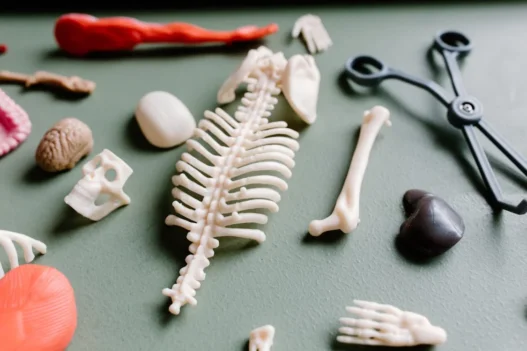A procedure called 02RF3JZ is a minimally invasive way of replacing a damaged aortic valve with a synthetic substitute, which involves inserting the new valve through a small incision in the skin rather than open-heart surgery.
Table of Contents:
- 🔎 Clinical Indication
- 📋 Preparation: Before Procedure
- 📖 Methodology: During Procedure
- 🩹 Recovery: After Procedure
- 🚨 Complexity & Risk
- 🔀 Similar Procedures
🔎 Clinical Indication
The procedure 02RF3JZ, also known as Replacement of Aortic Valve with Synthetic Substitute, Percutaneous Approach, may be performed to treat aortic valve disease, such as aortic stenosis or regurgitation, that impairs the functioning of the valve.
During this minimally invasive procedure, a synthetic valve is inserted through a small incision in the skin and guided to the heart through a blood vessel, without the need for open-heart surgery.
This approach may be recommended for patients who are considered high risk for traditional open-heart surgery or those who may benefit from a quicker recovery time and shorter hospital stay.
📋 Preparation: Before Procedure
Before undergoing the procedure for Replacement of Aortic Valve with Synthetic Substitute using a Percutaneous Approach, the patient will need to undergo a series of pre-operative tests. These tests may include blood tests, imaging scans, and an evaluation of the patient’s overall health.
The patient will also meet with their healthcare team to discuss any medications they are currently taking. It is important for the patient to follow any pre-operative instructions given by their healthcare team, such as fasting before the procedure or temporarily stopping certain medications.
In addition, the patient may also be asked to attend a pre-operative counseling session to address any concerns or questions they may have about the upcoming procedure. This preparation helps ensure the patient is ready both physically and mentally for the Replacement of Aortic Valve procedure.
📖 Methodology: During Procedure
During the 02RF3JZ procedure, aortic valve replacement is done using a synthetic substitute via a percutaneous approach. This means that the new valve is inserted through a catheter, typically through the groin, without the need for open-heart surgery.
The synthetic substitute valve is positioned within the existing valve and then expanded, pushing the old valve leaflets out of the way. This allows for better blood flow through the aorta, alleviating symptoms caused by aortic valve stenosis or other issues.
Overall, this minimally invasive procedure offers a quicker recovery time and reduced risk of complications compared to traditional open-heart surgery for aortic valve replacement. It is a promising option for patients who are not candidates for open-heart procedures.
🩹 Recovery: After Procedure
After undergoing Replacement of Aortic Valve with Synthetic Substitute using a Percutaneous Approach, the patient will typically stay in the hospital for a few days for monitoring. During this time, healthcare providers will assess the patient’s vital signs and monitor for any signs of complications.
The patient may experience some chest pain, fatigue, and shortness of breath in the weeks following the procedure. It is important for the patient to follow their healthcare provider’s instructions for taking medication, resting, and gradually increasing physical activity.
Most patients are able to return to their usual activities within a few weeks to a couple of months after the procedure. It is important for the patient to attend follow-up appointments with their healthcare provider to monitor their recovery progress and ensure the new valve is functioning properly.
🚨 Complexity & Risk
Performing 02RF3JZ, or the Replacement of Aortic Valve with Synthetic Substitute via a Percutaneous Approach, is a highly complex procedure that involves inserting a synthetic valve through a catheter into the heart. This procedure requires a high level of precision and coordination among the medical team to ensure successful placement of the valve.
However, there are potential risks associated with this procedure, including the possibility of bleeding, infection, or damage to surrounding structures in the heart. Patients undergoing this procedure should be made aware of these risks and closely monitored during and after the surgery to prevent any complications.
🔀 Similar Procedures
Another medical procedure that is similar to the Replacement of Aortic Valve with Synthetic Substitute, Percutaneous Approach is the transcatheter aortic valve replacement (TAVR) procedure. Both procedures involve replacing the aortic valve with a synthetic substitute through minimally invasive techniques.
TAVR is an alternative to traditional open-heart surgery for patients with aortic valve disease. This procedure also involves inserting a catheter through a blood vessel to access the heart and replace the malfunctioning valve with a new synthetic one.
Both the Replacement of Aortic Valve with Synthetic Substitute, Percutaneous Approach and TAVR procedures offer less pain, shorter recovery time, and lower risk of complications compared to traditional open-heart surgery. These minimally invasive techniques have revolutionized the treatment of aortic valve disease.

